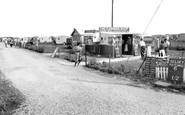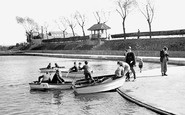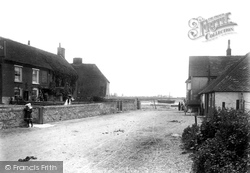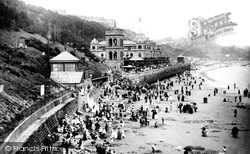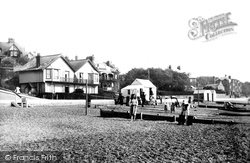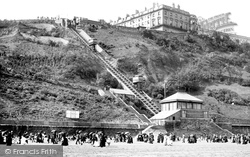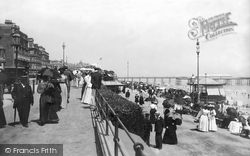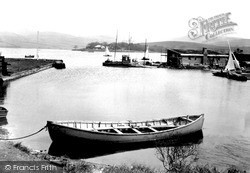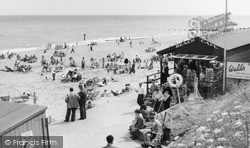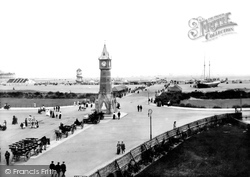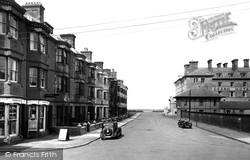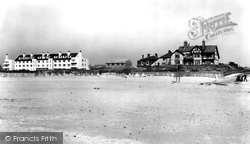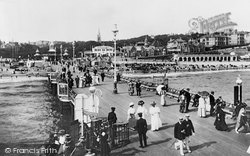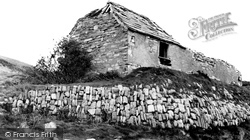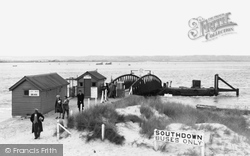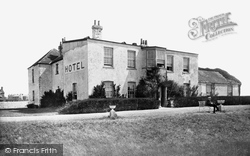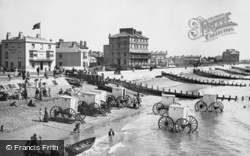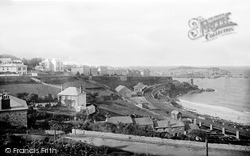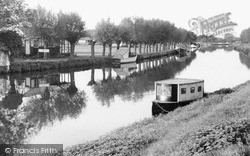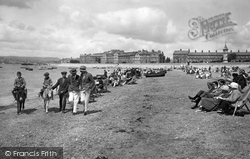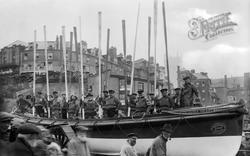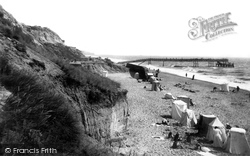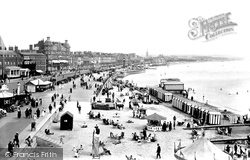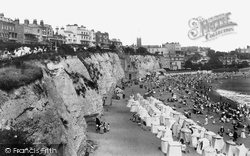Places
1 places found.
Those places high-lighted have photos. All locations may have maps, books and memories.
Photos
11 photos found. Showing results 841 to 11.
Maps
4 maps found.
Books
1 books found. Showing results 1,009 to 1.
Memories
1,362 memories found. Showing results 421 to 430.
Sam The Peanut Man And My Holidays In The 60s
I love Leysdown. In fact when our boys were little we used to take them there. They in turn go there now. My dad couldn't drive so our uncle used to have a caravan on Harts Farm and we used to ...Read more
A memory of Leysdown-on-Sea by
Styal = Happy School Days
I went to this great school around 1979 - 1983. I remember some of the great teachers including Miss Curtis, Miss Bowcock, Mr Holland, Mr Burroughs, Mr Bolton, etc. Some fellow class members were Paul Renshaw, Gary Kilby, Steven ...Read more
A memory of Styal by
Snapshots
As a very little boy we moved from Birkenhead in the North West, Merseyside to Luton. It was the 1950s and my Dad had a job in Vauxhall's. His brother Tom was already a General Foreman there and his younger brother John (that's what we all ...Read more
A memory of Luton by
Selsey
I spent several holidays in a chalet with long verandah which was one of the first on the right just after a burnt out house and just before the caravans started in Mill Lane during the late 1940s and early 1950s. I remember getting off the ...Read more
A memory of Selsey by
Rupert Street In The 60s 70s
I lived in Southdown House, opposite the Gas Works, from 1960 until 1978, when I got married. We had moved when I was 5 from Northwood Street off Livery Street not far from St Pauls square. I attended Cromwell Street ...Read more
A memory of Nechells in 1965
Roy Hamilton (1961)
Another chap I clearly remember in the year I worked at Law Junction was Roy Hamilton who lived in a cottage overlooking the station. Like the old gentleman who was frequently drunk, Roy was also disabled and walked with the aid of ...Read more
A memory of Law by
Rowing And Swimming!
I can remember heading down to Grays Beach with a couple of friends after school in the mid 1960's and spending a few pennies for half an hour rowing on the boating lake. During the summer holidays, it was not unknown for us to ...Read more
A memory of Grays in 1963
Rowing Our Boat
My children, Molly, Libby, and George loved taking turns with me rowing across from the shallower of the two beaches the short distance across the calm bay to the lifeboat station which as we got closer loomed large like ...Read more
A memory of Mother Ivey's in 2006 by
Roundshaw
1975-1984 lived at 24 Vulcan Close remember the blue van and the football cards with the bubble gum very well! The 233 bus, swimming and Wilson's, knock down ginger, roller disco skates on the decks, moppit, the milk round with Brian, ...Read more
A memory of Wallington in 1975 by
Rosberry House
Me and my 3 sisters went here , late 70s early 80 can’t remember exactly, what I do remember was how we had to share baths and be checked for head lice , they wrote with black marker on our underwear , a colour and number , even while ...Read more
A memory of Skegness by
Captions
1,130 captions found. Showing results 1,009 to 1,032.
A straight and wide road leading to the quay creates an impression of past importance.The Romans, the Saxons and the Vikings used the area for invasion.
On the beach in the background are a number of bathing machines. Ladies wishing to bathe would enter the machines from the landward side and horses would haul the contraptions down into the water.
On the beach in the background are a number of bathing machines. Ladies wishing to bathe would enter the machines from the landward side and horses would haul the contraptions down into the water.
The pair of wooden houses were called Montpelier in 1885; the next building is of 1889, and the building partly hidden by trees was Harland House in 1885.
The South Cliff Tramway offered an alternative means of escape from the beach to the Esplanade; the other way up was by the 224 steps cutting through the Spa Gardens.
Here we see another busy beach view in 'The Empress of Watering Places' with many umbrellas protecting ladies from the summer sun.
Here we see the harbour on Hollingworth Lake. Not only were rowing boats, racing skiffs and dinghies a common sight, but there was even a time when the lake had its own paddle steamer.
This popular cafe supplied everything to provide a fun day for all the family: buckets, spades, fishing nets and trays of tea and sandwiches.
The small parking strip adjoining the Clock Tower contains two motor taxis, a pony trap, a landau and an open omnibus drawn by two horses happily munching away in their nosebags.
The vessel approaching the beach, probably on an excursion, is the 'Reindeer', a ferry launched in 1875 as the successor to the 18-ton 'Queen', which had run from 1860.
This is the first view that many visitors would have had of Borth.
Blundellsands beach forms part of the sixteen miles of sand stretching from Waterloo to Southport.
Bournemouth Pier stands above the original mouth of the River Bourne. Its construction marked the town's commitment to its role as a resort.
Seen as a ruin, looking east from the beach of Worbarrow Bay, stone-roofed Sea Cottage was the home of generations of the Miller family.
Note the sign for Southdown Buses, and a reminder that the last boat sails at 8.45 (left). The island railway opened in the 1860s, crossing to Hayling from Havant over a wooden bridge.
Littlehampton had been an important port in the Middle Ages and even a Tudor royal shipyard, but it declined until reviving with the canalisation of the Arun in 1723; it was most successful during Victorian
The Beach 1890. The suffix 'Regis' was added to the name of this seaside town in 1929 after George V spent some weeks recuperating in the area following a major illness.
St Ives is seen from Draycott Terrace, overlooking cottages in Primrose Valley below and the curving sweep of the railway station beyond, most of which is now a car park.
The name of the town does not refer to any beach, but comes from the Old English word 'beck', meaning 'stream'. Clayhithe was the harbour of Waterbeach; the word 'hythe' means 'landing-place'.
In the decades following the First World War, Exmouth reached the heights of its fame as a holiday resort, thanks to the greater mobility offered by railway trains and motor vehicles
Cromer's lifeboat has a reputation which goes far beyond its sphere of operation on the North Norfolk coast.
The long, sandy beach leading eastwards to Hengistbury Head began to be developed around 1870. The pier was built of iron in 1881, and measured 300 feet in length by 30 feet wide.
The heart of Georgian Weymouth overlooks the sands from the Gloucester Hotel (top left) and the Royal Hotel (centre left), in a broad sweep around to the Victorian spire of St John's Church and Brunswick
The wheeled bathing machines of earlier pictures have been replaced by this array of circular tents, allowing Edwardians to divest themselves in privacy.
Places (1)
Photos (11)
Memories (1362)
Books (1)
Maps (4)

